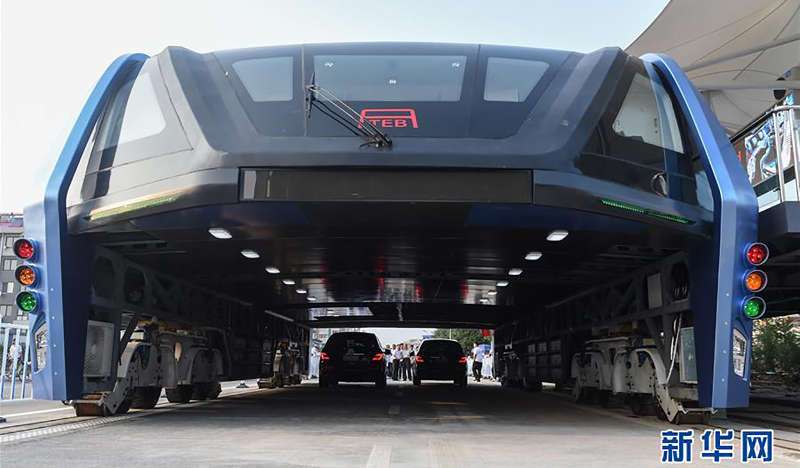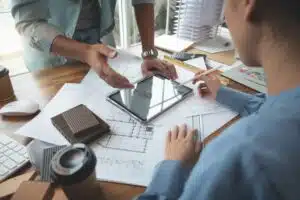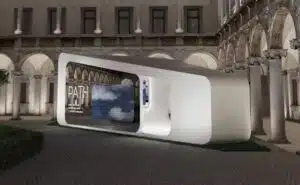[vc_row][vc_column][vc_column_text]Uno degli assiomi della progettazione urbanistica del trasporto pubblico è che il bus non risolve i problemi di traffico perché va in concorrenza con il trasporto privato, dato che condivide con questo la superficie asfaltata. Si è cercato di ovviare a questo problema creando le corsie preferenziali, ma questo significa removing asphalt from cars and motorbikesand still increase private vehicle traffic.
Those who study transportation design know that tramways historically are a good solution only in the long runThey carry more people than a bus and when they are not passing through the area they leave the roadway free. However, the initial costs for infrastructure and the purchase of trains are astronomicalon average around EUR 8 million per km and EUR 1.5 million for a medium-length train (whereas a bus costs around EUR 350,000 and needs no infrastructure).
But from China comes a solution that solves many problems at once: an elevated bus that rides over two lanes of road, passing over cars in line, thus not interfering with traffic and carrying hundreds of passengers. This is a new category of vehicles with rubber wheels (16 to be exact) referred to by the acronym TEB - Transit Elevated Bus whose demonstration models were presented at the 19th China Beijing International High-Tech Expo. In full size, the TEB will be 22 metres long, 7.8 metres wide and 4.8 metres high, it will carry 300 passengers and will reach a speed of 60 km/h.
In the West theChinese experiment was received with some scepticism. Many e.magazines in the transportation design industry considered the project to be an expo stunt, something only useful to show the world the superiority of Chinese technology (a kind of cold war show). Scepticism that was promptly returned to sender with the test that took place this August in the city of Qinhuangdao (Hebei province). The TEB travelled a 300-metre stretch of road that allowed engineers to test the braking system and measure the actual energy consumption. A demonstration that not only is the project concrete but that it is also very close to being realised in practice on a large scale.
It will be interesting to see what the final costs of the whole project will be and whether this technology will be a game-changer even in our chaotic cities.
Sources: Wired.co.uk[/vc_column_text][/vc_column][/vc_row][vc_row][vc_column][mk_button dimension=”outline” corner_style=”full_rounded” size=”medium” icon=”mk-icon-home” url=”/” align=”center” margin_top=”30″ margin_bottom=”0″ margin_right=”0″]Torna alla Home[/mk_button][/vc_column][/vc_row]





